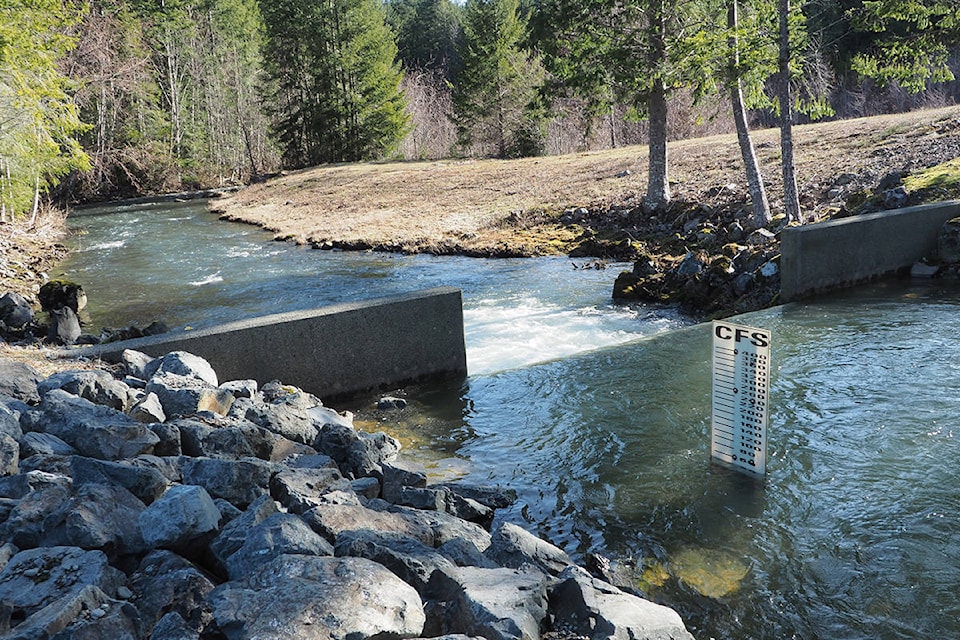Rainy weather at Christmas and a dump of snow in February has the region’s snowpack in good condition going into the latter part of spring, say officials.
Mike Squire, City of Nanaimo manager of water resources, says a recent hot spell hasn’t led to any current concerns, thanks to a lot of precipitation in December and January. The snowpack is approximately 300 centimetres, or above normal, he said.
“We’ll probably, as a result of melting, lose all that typically about middle of June, early July … what that amounts to is basically filling our reservoirs, our Jump Creek reservoir, which right now is full, but we do have spillgates that we can raise a little further,” said Squire. “We will assume we’ll have full capacity by the end of June.”
The east coast of Vancouver Island normally doesn’t see enough spring thaw from snow to pose much of a flood threat, he said.
It is a similar situation in rural areas, said Catherine Morrison, Regional District of Nanaimo emergency services manager. A majority of flooding in RDN areas occurs in the fall and winter, after heavy rainfall events, when rivers are already high, she said.
“The B.C. River Forecast Centre data indicates all river systems are below two-year return periods and 10-day forecasts below one-year return periods which are both below flooding benchmarks,” said Morrison in an e-mail.
In an e-mail, Julie Pisani, RDN drinking water and watershed protection coordinator, said that the area is seeing a 10-year high in snowpack accumulation at Jump Creek and Mount Arrowsmith stations, but conditions are favourable.
“The melt is just starting now and so far not too rapidly, which is good,” said Pisani. “A prolonged melt over May and June is ideal to release the stored water into the rivers more slowly and top up the groundwater levels as the warm weather approaches.”
Jonathan Boyd, B.C. River Forecast Centre hydrologist, said rainfall for the area has been slightly below average for this time of year, but it is too early to say if there could issues in the summer.
“As we move further and further into the summer, we typically get less and less precipitation, so if it were to stay dry throughout the summer then I do think there could be some water scarcity issues, but for now it really revolves around the May and June precipitation, in particular, and of course, that’s still a little too difficult to forecast,” said Boyd.
The City of Nanaimo has automatic watering restrictions. On Saturday, May 1, Stage 2 restrictions go into effect, restricting the use of outside watering to a maximum of two hours per day between 7-10 a.m. and 7-10 p.m.
RELATED: Snowpack gets thinner every decade: Environment Canada
READ ALSO: Crews evacuate residents due to Parksville flooding
reporter@nanaimobulletin.com
Like us on Facebook and follow Karl on Twitter and Instagram
